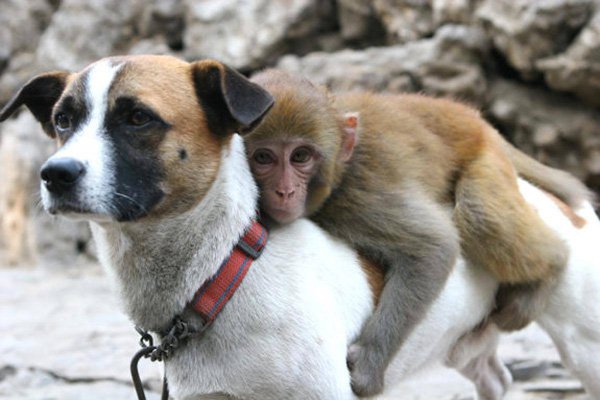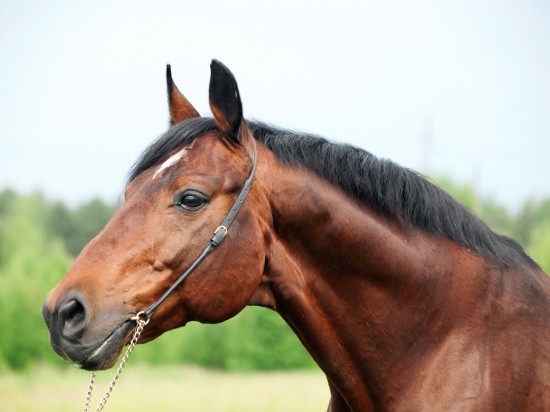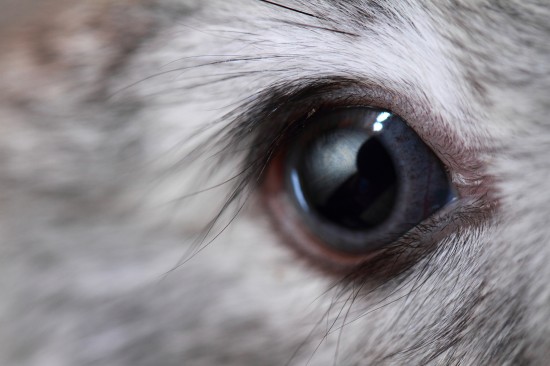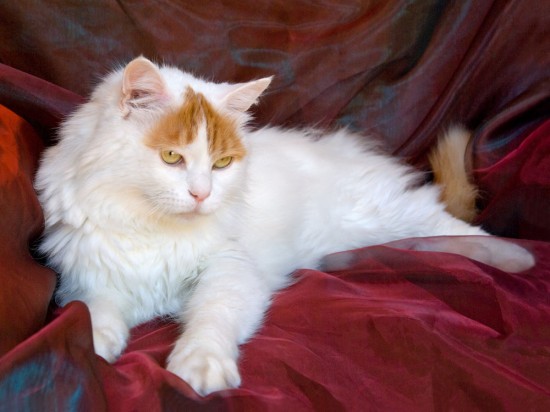
If you are allergic to your pet, most probably it is a warm-blooded pet such as a dog, cat, bunny, ferret, or bird. These pets all shed dander which is a potent allergen that often triggers allergy and asthma symptoms. Here are 5 answers to know about how and why an air cleaner for pet allergies works.
Can one filter do the job? The short answer is no. To be effective, a cleaner needs to contain a number of filters that are able to eliminate a wide range of particle sizes.
One filter cannot possibly be as effective as you will need it to be. And the maintenance for one filter will often be a constant interruption to the filtration process if you need to stop the unit to clean, wash, spray, or vacuum it.
What type of filter is best for dander? These microscopic pieces of dead skin flakes are best removed by a HEPA filter. A high efficiency particle arresting filter must be able to remove airborne particles that are .3 microns or larger in size, with a micron being defined as one millionth of a meter.
How should an effective purifier work? One of the most important features should be a split capacitor motor. The benefit to you is that this allows a unit to run 24 hours a day.
Continuous filtration is crucial because this keeps pollutants levels low so there is very little opportunity for allergen levels to build to an uncomfortable level in your air.
An effective cleaner should have at least 4 filtration stages, starting with filters for big and medium size filters, the HEPA for microscopic particles, and carbon cloth for additional elimination of particles as well as gases, odors, and chemicals.
Where should it be placed? Most cleaners work by pulling in air that is closest to them first. They will also pull air from all areas open to it unless doors are closed to prevent it.
That means it is best to place the cleaner closest to the area of concern. So if you have a bird, the cleaner should be placed in or close to the bird room. That area will be cleaned first, and the unit will continue to disperse filtered air and pull in more air that needs cleaning.
Does size make a difference? Sizing the unit correctly for the space you want to clean is one of the most important decisions to get right. Because a purifier will continue to pull air from any area that is open to it, putting a unit that is designed to clean 700 square feet in an area that is over 1,000 square feet is a recipe for dissatisfaction.
It is better to choose a unit that can clean more square footage than you actually have rather than choosing one that is too small. Even though price often plays a huge part in this decision, you won't save money if the smaller, less expensive unit doesn't do the job.
For those of us who love pets, they really do make a house a home. And using an air purifier to keep pet allergens low can go a long way towards helping you enjoy your pet and good health too.
Get rid of pet allergens continually with the Pet Dander Air Purifier from PurerAir.com at
http://purerair.com/pet_dander_air_purifier.html
 A quick guide to the simple process of transporting pets to Singapore
A quick guide to the simple process of transporting pets t
A quick guide to the simple process of transporting pets to Singapore
A quick guide to the simple process of transporting pets t
 Why Do Some Thoroughbred Horses Get Nose Bleeds?
Why Do Some Thoro
Why Do Some Thoroughbred Horses Get Nose Bleeds?
Why Do Some Thoro
 Red Eye In Rabbits Explained
Red Eye In Rabbit
Red Eye In Rabbits Explained
Red Eye In Rabbit
 The Turkish Van - A Cat That Likes To Swim!
The Turkish Van -
The Turkish Van - A Cat That Likes To Swim!
The Turkish Van -
 Why We All Need Animal Cops
Why We All Need Animal Cops
Copyright © 2005-2016 Pet Information All Rights Reserved
Contact us: www162date@outlook.com